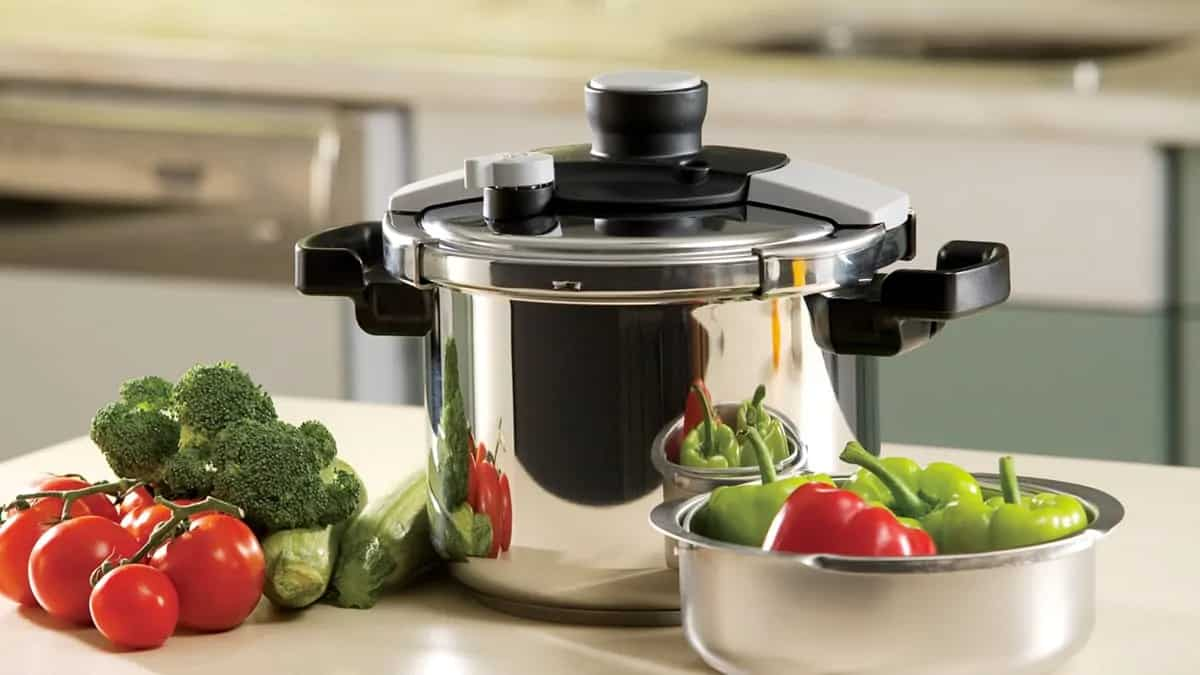Learning how to cook pasta in a pressure cooker can be a game changer for anyone looking to save time and energy in the kitchen without sacrificing flavor and texture quality. This method is not only efficient but also incredibly practical, especially for those who appreciate a hands-off approach to cooking. Let me guide you through this wonderful process, providing pro tips along the way for flawless results every single time.

Why Use a Pressure Cooker for Pasta?
The concept of cooking pasta in a pressure cooker might seem unconventional, but once you understand the benefits, you’ll wonder why you haven’t tried it sooner. Pressure cookers excel in undercutting cooking times, ensuring even heat distribution, and retaining the flavors and nutrients due to their sealed environment. Imagine making a wholesome pasta dish in half the time it typically takes, allowing you more time to enjoy your meal and less time toiling over the stove.
The Right Equipment
Before we dive into the steps, it’s essential to ensure that your kitchen is equipped with the right tools. A high-quality pressure cooker is non-negotiable for this technique, as it serves as the heart of the operation, facilitating rapid and even cooking. For ingredient preparation, make use of a reliable kitchen knife and cutting board. Finally, maintaining your gear with safe cookware cleaner and cutting board oil will extend their longevity.
Ingredients and Preparation
- 1 package (16 ounces) of dried pasta of choice
- 4 cups of water or broth
- 1 tablespoon of olive oil
- 1 teaspoon of salt
- Optional: minced garlic, herbs, or vegetables for flavor
The preparation for making pasta in a pressure cooker is simple and swift. Start by measuring your ingredients accurately. Be sure to use the correct amount of liquid either water or broth as the liquid-to-pasta ratio is critical to achieving the right texture and ensuring the pasta cooks evenly. You may also want to toss in some herbs or vegetables to infuse additional flavors into the dish, using a sharp knife. Always remember that perfect cooking becomes effortless when you are equipped with the right tool.
Cooking Instructions
Place all the ingredients into the pressure cooker. Secure the lid in place, ensuring that the pressure release valve is set to its sealing position. Set the pressure cooker to high pressure using the manual settings program for about 4 minutes. After this, utilize a quick-release method to release the pressure immediately. Stir the pasta, covering any sticking elements, and let it sit for a minute to absorb any remaining liquid before serving.
For those who love exploring different types of pasta dishes, you might want to test various flavor profiles as you grow more comfortable with this method. Resources such as Serious Eats have a comprehensive array of pressure cooker recipes to expand your culinary repertoire.
Benefits and Considerations
There are a plethora of benefits to cooking pasta in a pressure cooker. Aside from slashing your cooking time, this method tends to lock in flavors intensely, attribute you wont get from traditional boiling on the stove. However, mastering this technique does require a little learning curve. Different pasta types demand different cooking periods. Plus, remember that the size and brand of your pressure cooker will influence results, so slight trial and error may initially be needed.
To maintain cooking efficiency, regular maintenance of your cooking tools is crucial. Ensure that your pressure cooker is kept in prime working condition and all blades remain sharp and ready. Resources such as Knives Genius provide helpful tips for maintaining both knives and other kitchen gear.

Conclusion
By incorporating this convenient cooking method, busy families, culinary enthusiasts, and even professional chefs can elevate their traditional pasta dishes while benefiting from quick cooking times. So, roll up your sleeves, prepare your ingredients, and don’t hesitate to experiment with this innovation on your trusty pressure cooker. You might find this becoming a staple cooking practice in your culinary adventures.
Remember, perfecting your pasta in a pressure cooker may take a few tries, but the results are undoubtedly worth it. Happy cooking!
This article contains affiliate links. We may earn a commission at no extra cost to you.


